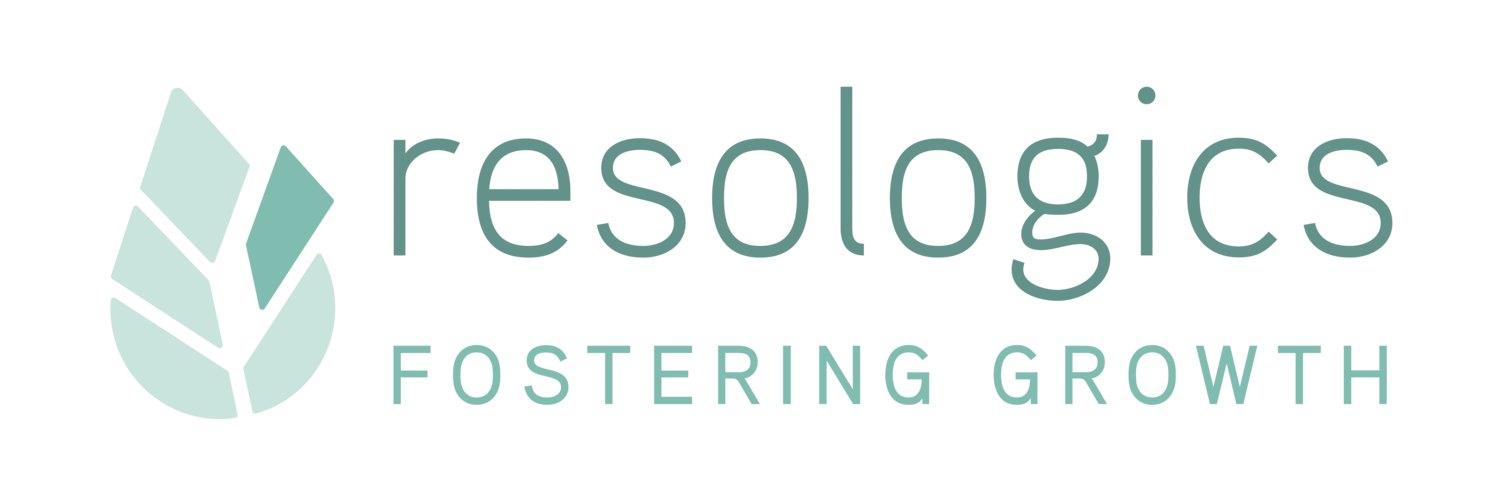High trust cultures mean happy employees
/Volumes of research have been written about organizational culture as it relates to employee satisfaction. In our work as conflict advisers we always circle back to a foundational piece: Trust.
“Whether it’s high or low, trust is the ‘hidden variable’ in the formula for organizational success.” ~ Steven M. R. Covey
Here are a few compelling stats which support the positive effect of trust on the workplace. (Source: Great Place to Work) Workplaces with a high-trust culture:
Have a 50% lower voluntary turnover
Employees who are 3 times more likely to give extra on the job
Enjoy higher-innovation in teams built on trust, where collaboration and creativity flourish
OK, says leadership, we get it! Trust is the Golden Ticket to happy, high-performing employees. Where do we find some?
Ah, this is the part that is so fascinating to us, because we do the research and on-site work with organizations on a team level. This is the kind of deep, transformative work that can shift behaviors and calcified cultures into high-trust, high-performance organizations in a sustainable way.
What we see is not a one-way fast-lane trip to success (nope, no Golden Tickets); rather, an ongoing process that is as complex as the varying personalities, backgrounds, and experiences of each and every member of the organization’s team(s). We’ve put these variables into a formula and tool which we use with teams to fuel the process of building team trust, and it works!
We don’t all trust or distrust for the same reasons.
This is the juicy truth we uncovered in our research. Thus for any lasting change to occur, what is needed is a common ‘language’ to help teams take that important deep dive into trust conversations and begin to shift their fundamental understanding and behaviors.
The Trust Formula™ comprises common factors everyone uses to make decisions about whether or not to trust someone or something. While they may be ‘common,’ there’s nothing common about the differences, in some cases vast differences, in the way we each formulate our trust in others.
You can perhaps imagine why a team, a group of employees, or individuals with differing levels of trust (or huge amounts of distrust) could rub against each other and abrade relationships which turn into unproductive conflict. This is why our approach is so important: to bring individuals together in a room around the same vernacular to explore these differences and come to some common understanding.
You may also see how fundamentally this could lift mutual trust in an organizational culture in a powerful way. This process, in combination with other ways leaders can get the trust ball rolling, can go a long way toward creating an organization with higher trust, better problem-solving, more effective teamwork, higher engagement and productivity, and happier employees.
Intrigued by the Trust Formula™? Read more about the background and approach to building more trust within a team. To learn more about harnessing the power of conflict, feel free to schedule a conversation with us here.



When we join a company, partnership or team, our expectation is that everyone involved will exhibit professional behavior toward us and each other. Instead, it’s highly possible that we may become one of the more than 60 million adults in the United States who are affected in some way by bullying behavior at work.
What kind of behaviors are we talking about? Our definition is any interpersonal behavior that causes emotional distress in others sufficient enough to impede their productivity or disrupt organizational functioning. It isn’t just a personality conflict — it’s a chronic pattern of disrespectful behavior.